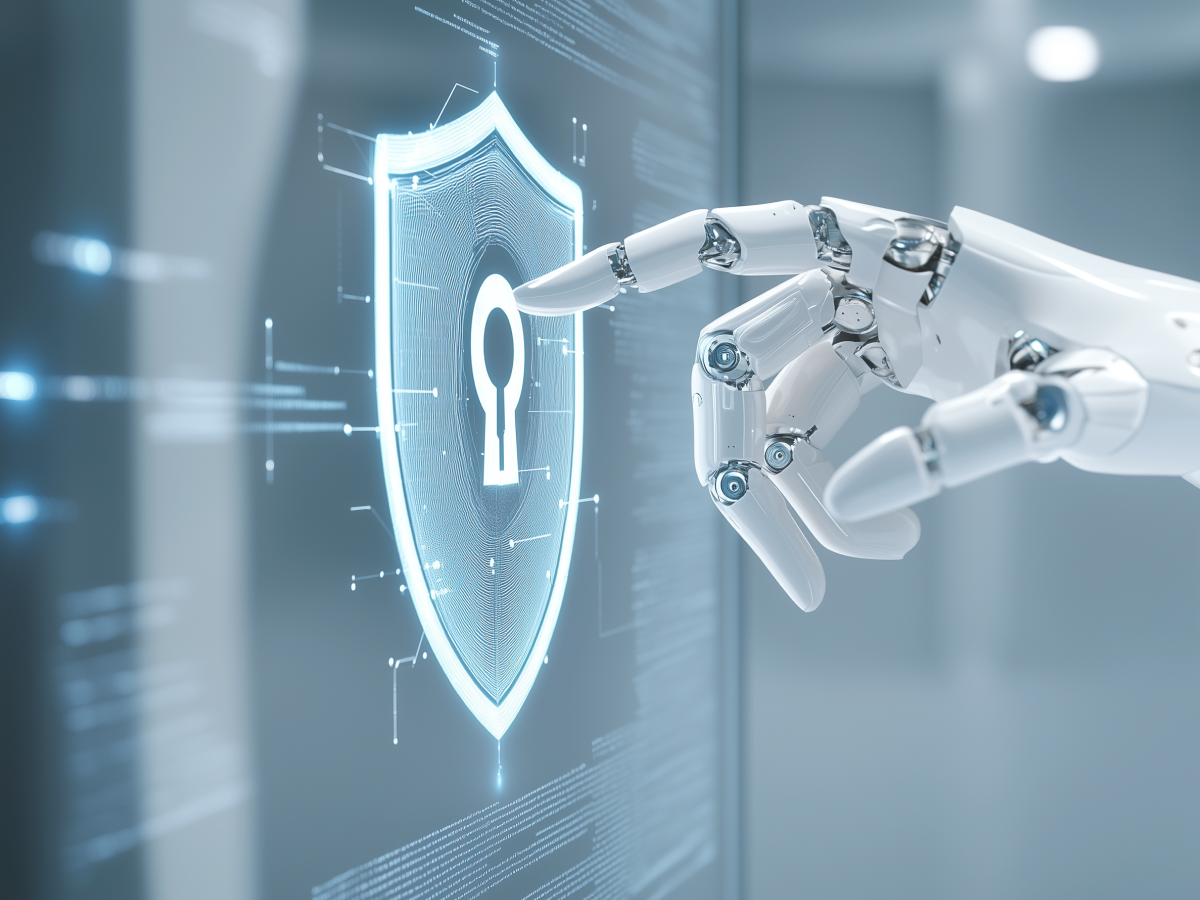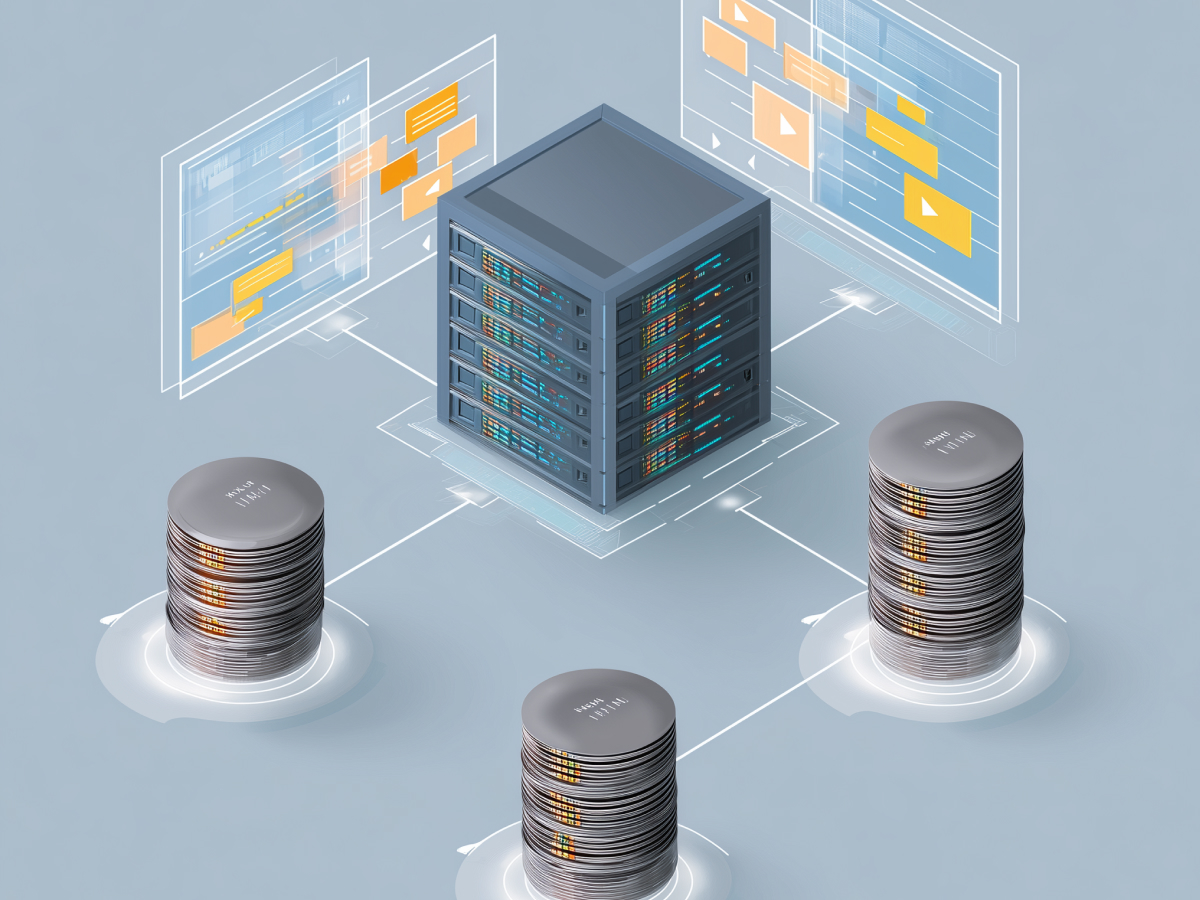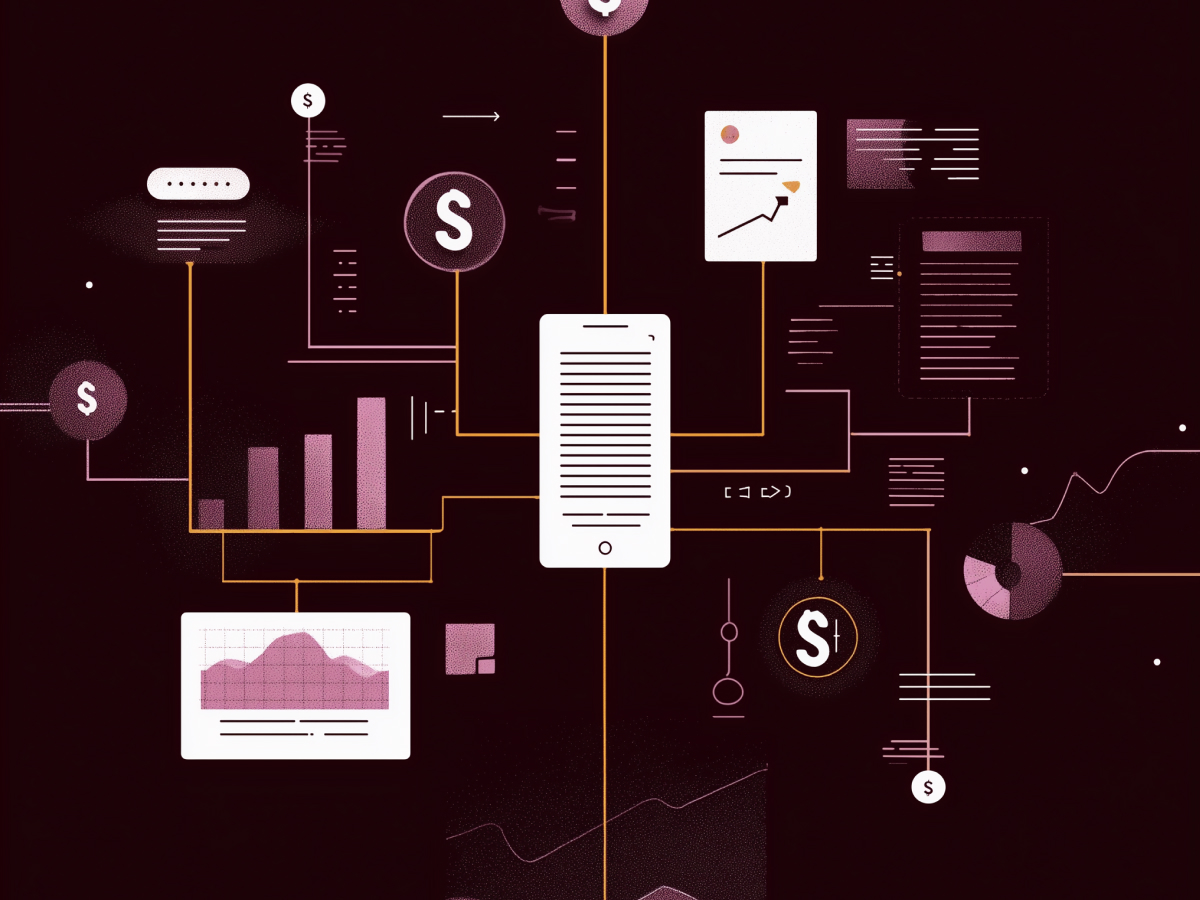AI’s acceleration of exploit capabilities
AI has fundamentally shifted how fast attackers can compromise systems. With the release of OpenAI’s GPT-4, we saw something unprecedented: an AI model capable of exploiting known vulnerabilities with minimal input. Just give it the code and a CVE (Common Vulnerabilities and Exposures) advisory, and it figures out the rest. According to a 2025 study, it was able to exploit 87% of these targets successfully.
Organizations can no longer assume the traditional “patch and protect” model is enough. Waiting days or even hours to respond is too slow when AI is already working through code in seconds. Instead of focusing solely on patching, companies must rapidly contain threats. Segment networks, restrict access by default, and use just-in-time authentication. Build systems assuming they will be breached, and then design for resilience. That’s how you reduce fallout when things go wrong.
For boardroom decisions, this means shifting budget and attention away from just compliance checklists and toward real-time defense methods. Security that assumes threat actors are already inside. Because now, they might be.
Expansion of cybersecurity defense tools through AI
Over the past year, we’ve seen sharp improvements in AI-powered cybersecurity tools. These systems can scan internal environments, reveal who’s talking to what, and detect unusual behavior. If someone suddenly accesses a system they never touched before, AI flags it instantly. It doesn’t stop there. It can trigger phishing-resistant multifactor authentication before granting further access. This is all aligned with zero-trust security architecture.
What’s different now is that these defenses are no longer static. They learn. These AI models react, as well as they predict. When deployed properly, they give defenders something we’ve never had at this scale: context. They know what normal activity looks like, and they challenge anything outside of that without needing constant human input.
Executives should look at these tools as operational essentials. They’re force multipliers, reducing manual workloads, speeding up investigation times, and turning chaos into clarity. If attackers are scaling with AI, we don’t respond by hiring more analysts, we respond by automating smarter defense. That’s how you win.
Continuity of fundamental cybersecurity constructs
Despite the rise of AI, the foundational structure of cybersecurity hasn’t dramatically changed. Systems still rely on inputs and outputs. There are still algorithms making decisions. These base elements are still relevant. What’s changed is the level of complexity and the speed at which decisions must be made.
When we talk about securing AI, we’re often referring to protecting the models from manipulation, whether that’s poisoning training data or exposing biases through model inversion. Still, these are layered on top of existing infrastructures. The same testing logic, response practices, and architecture principles continue to apply.
This is important for leadership to understand. You don’t need to rebuild from scratch, and you shouldn’t. What you need is a clear view of where the emerging risks are going to impact your existing controls. Upgrading doesn’t mean abandoning everything that works, it means integrating AI-aware models into what’s already running well. Keep the foundation strong, and build upward with precision.
Enhanced attack sophistication without fundamental method changes
Threat actors are scaling the using AI. A phishing email is still a phishing email, but now it reads like it was written by a professional. Deepfake audio now sounds confident and believable, pressuring employees to act quickly. Malware is still being delivered, but it’s polymorphic, changing shape to avoid detection.
Here’s the key, while the tactics feel more polished and higher volume, the structure is familiar to anyone in cybersecurity. That’s helpful. It means your existing defense stack isn’t obsolete. But it also means those tools need upgrades. They need to adapt to AI-generated content and behavior models that mimic legitimate activity.
Lowering the barrier for entry into cyberattacks
AI has made it easier than ever to launch sophisticated cyberattacks. Not long ago, building a convincing phishing campaign or custom malware required technical skills and time. Now, those same results can be generated by anyone with a basic understanding of AI tools. The shift is clear: threat actors at every level, from inexperienced individuals to organized state groups, are using generative AI in real operations.
Data backs this up. In 2023, just 21% of hackers saw AI as useful for hacking. One year later, that number jumped to 71%. More than three-quarters were actively using generative AI to enhance and automate their attacks.
For executives, the message is straightforward. You’re no longer dealing with a handful of skilled attackers; you’re facing a growing population empowered by automation. This raises the importance of scalable defense strategies. Security teams need threat intel that updates in real time. Access policies must adapt dynamically. And detection systems must anticipate lower-skill attacks executed with high precision. If you haven’t already adjusted your posture for a broader range of threats, now is the time.
AI adoption expands the cybersecurity attack surface
We’re seeing a rapid expansion in AI adoption across industries, and with that comes new security concerns. According to Pluralsight’s 2025 AI Skills Report, 86% of organizations are deploying or planning to deploy AI tools. That momentum drives innovation, but it also increases the number of points where risk can emerge. Vulnerabilities in training data, exposure of model outputs, model inversion attacks, these are all structural risks introduced by AI itself.
AI models are probabilistic systems trained on massive data sets, often containing sensitive or proprietary information. When deployed without strong safeguards, they can spill useful insights to attackers or become manipulated through input tampering. These risks shift how your entire system needs to be monitored, controlled, and audited.
From a leadership standpoint, this means that adopting AI needs a coordinated security strategy from day one. It means securing the whole pipeline around that model. This includes training data, APIs, inference environments, and user interactions. AI delivers value, but only when its integration doesn’t create unmanaged exposure. Build strong governance as you scale, or the complexity will outpace your control.
Essential AI literacy for cybersecurity professionals
AI is already integrated across both attack surfaces and defense layers. At this stage, cybersecurity professionals can’t operate effectively without a working understanding of how AI functions. It’s no longer a niche, baseline AI literacy is now fundamental. If security teams don’t understand what AI is doing or how attackers are using it, they can’t defend against it, assess risks properly, or communicate mitigation strategies across departments.
This doesn’t require every team member to become a machine learning engineer. What it does require is familiarity. Security professionals need to know how AI models are trained, where vulnerabilities can emerge, what model outputs can expose, and how these systems interact with networks. That insight supports better monitoring, governance, and control over AI deployments already being used across the business.
For executive teams, particularly CISOs and CTOs, this signals a need to invest in internal capability building. Ignoring this leads to two problems, first, your teams rely too heavily on third-party tools they don’t fully understand. Second, they fall behind on anticipating new threats introduced by AI technologies already integrated into your environment.
Evolution, not revolution: The modified cybersecurity playbook
AI has changed the tempo but not the foundation of security. Tactics are evolving faster. Tools are smarter. Attackers are scaling. But the core principles of cybersecurity, risk mitigation, layered defense, detection, and response, still apply.
The updated playbook doesn’t toss out what works. It adds to it. Segmentation, zero trust, access control, monitoring, these remain essential. What changes is how fast these systems must operate and how much they must account for automated threats. Legacy platforms need upgrades, not replacement. Frameworks need modernization, not abandonment.
For senior leaders, the strategy is to focus on integration. Know your systems. Understand how AI fits into them. Train your people to spot new risks. Govern the use of AI with the same discipline applied to any operational data system.
Final thoughts
AI is already shifting how security is built, how threats are launched, and how fast everything moves. The pace is no longer human. Attackers are using automation. Defenders have to match that speed, with systems that learn, controls that adapt, and people who understand what AI really brings to the table.
You don’t need to overhaul everything overnight. But you do need a clear, long-term strategy for integrating AI into both your technology and your security culture. That means aligning teams, investing in baseline AI literacy, and tightening control over emerging risks that didn’t exist two or three years ago.
Security is now directly tied to how fast your company grows and how confidently it can innovate. Lead accordingly. The companies that get this right won’t just survive, they’ll move faster, respond better, and outperform the ones still playing by the old rules.





